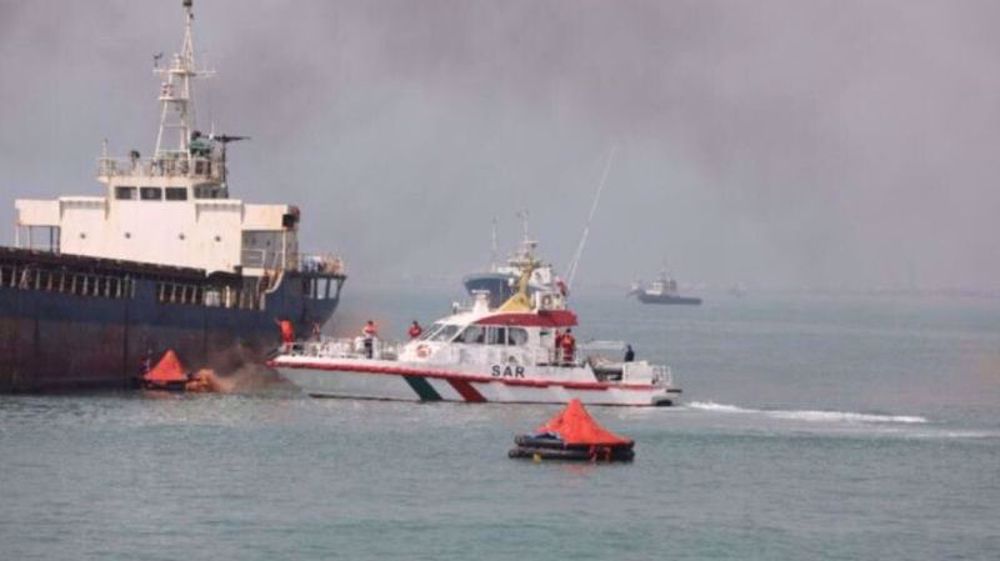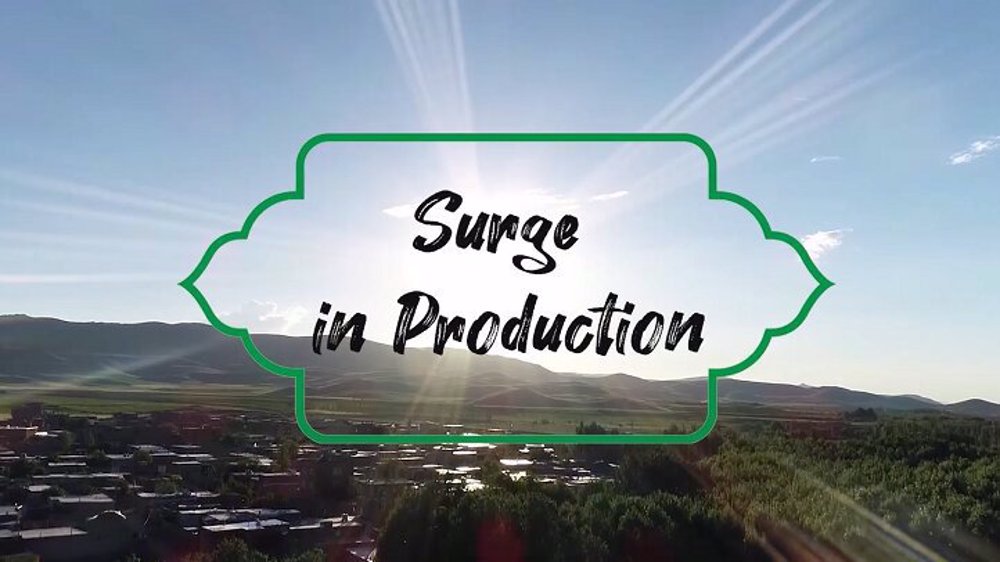Iran opens major sponge iron mill
Iran on Saturday brought online a sponge iron mill with a capacity of 800,000 tonnes a year, with officials saying the facility is the country’s first to use indigenized reduction technology.
The complex in Miyaneh is the first unit of a three-tier development plan which also includes melting and rolling, with the reduction unit developed by Khatam-al Anbiya Construction Headquarters.
The mill inaugurated in the presence of Vice President Es’haq Jahangiri and Industry Minister Mohammad Shariatmadari converts pellets made from iron ore into sponge iron, using the indigenized Persian Reduction (PERED) method.
PERED, jointly developed by Iran and Germany, is a direct reduction process converting iron oxides, in the form of pellets or lump ore, to highly reduced product suitable for steel making.
The project was implemented under the engineering, procurement, and construction (EPC) contracting arrangement with the aim of providing feedstock for Iran’s steel factories.
The owner of the project, the Iranian Mines and Mining Industries Development and Renovation Organization (IMIDRO), was also in charge of sourcing equipment from domestic companies in line with the policy of job creation and avoiding capital flight.
Head of Khatam-al Anbiya Construction Headquarters Ebadollah Abdollahi said 90% of the equipment was Iranian-made and that natural gas was being used in the mill to avoid air pollution.

IMIDRO head Mehdi Karbasian said the sponge iron plant was the second largest of the eight major national projects which he hoped to become operational by the end of the current Iranian year on March 20, 2018.
Steel is a strategic commodity for Iran, which is also the Middle East’s biggest carmaker. It is fundamental to the Iranian society with its massive oil and gas industry, transportation network, water supply, urban centers and mammoth construction.
Steel was Iran's largest export item after oil, gas and petrochemicals last year, partly because of the slump in domestic construction.
The country has been boosting steel production, targeting an output plateau of 55 million tonnes per year by 2015.
“Steel is one of the development indicators in the country and we have been attending to the steel field on a daily basis in order to achieve the lofty goals of the establishment,” Karbasian said.
Last week, the European Union decided to hit hot-rolled steel from Iran and three other countries with trade tariffs despite initial opposition to punitive measures by European governments.
Read more:
Iran's Mobarakeh Steel Company (MSC) will be subject to tariffs of 57.5 euros per tonne from Saturday, the EU’s official journal said.
China slams Biden over 'xenophobic' and 'cheating' claims
VIDEO | Erdogan breaks silence, backs Iran’s reprisal attack on Israel
IRGC warns of 'tit-for-tat' retaliation if Israel attacks Iran's nuclear facilities
Israel retreats, delays striking back at Iran after US call: Sources
Qatar says reassessing role as mediator in Gaza truce talks
EU to expand sanctions on Iran over retaliation against Israel
'US, West must abandon double standards towards Israel's acts of terror'
April 17: ‘Axis of Resistance’ operations against Israeli occupation










 This makes it easy to access the Press TV website
This makes it easy to access the Press TV website